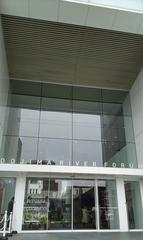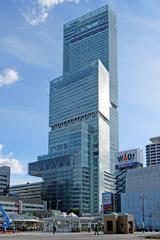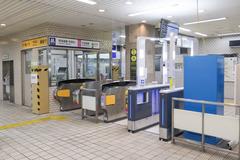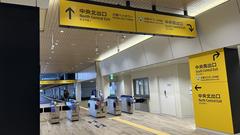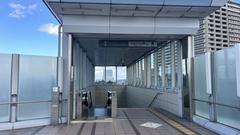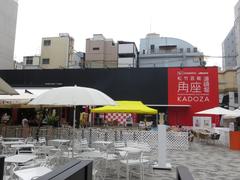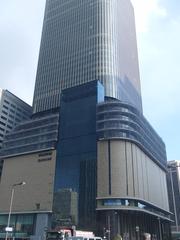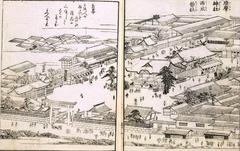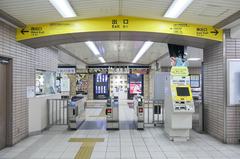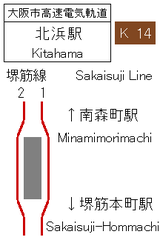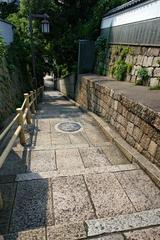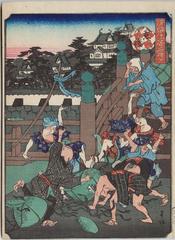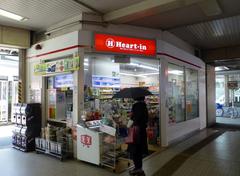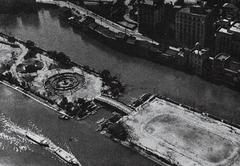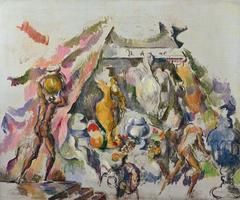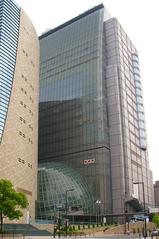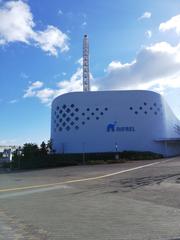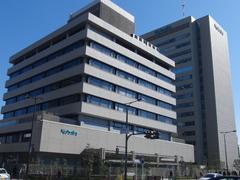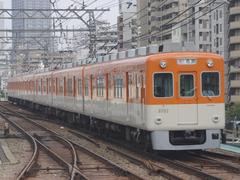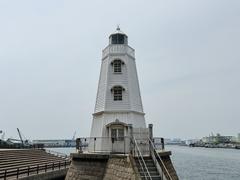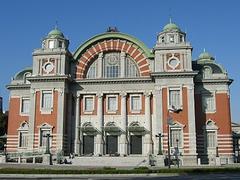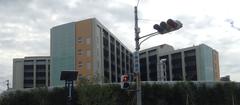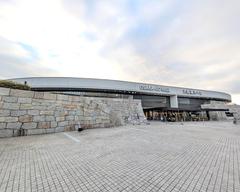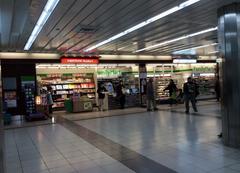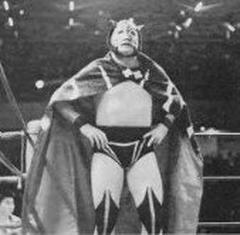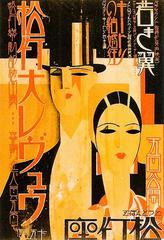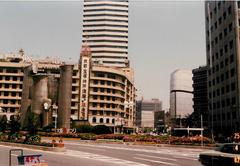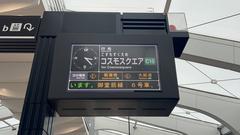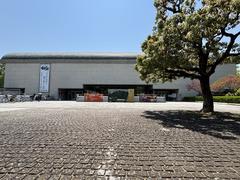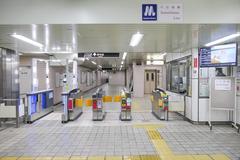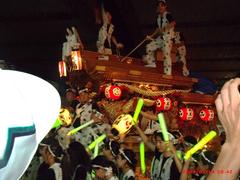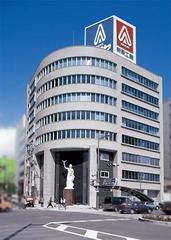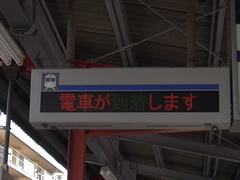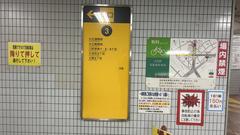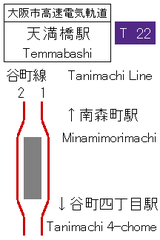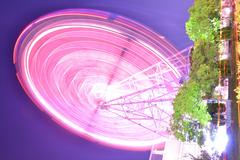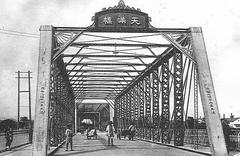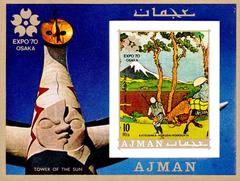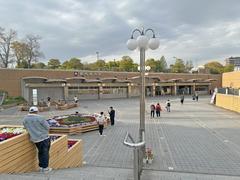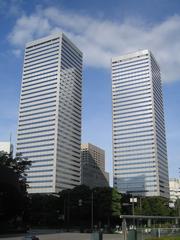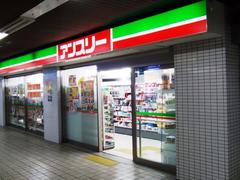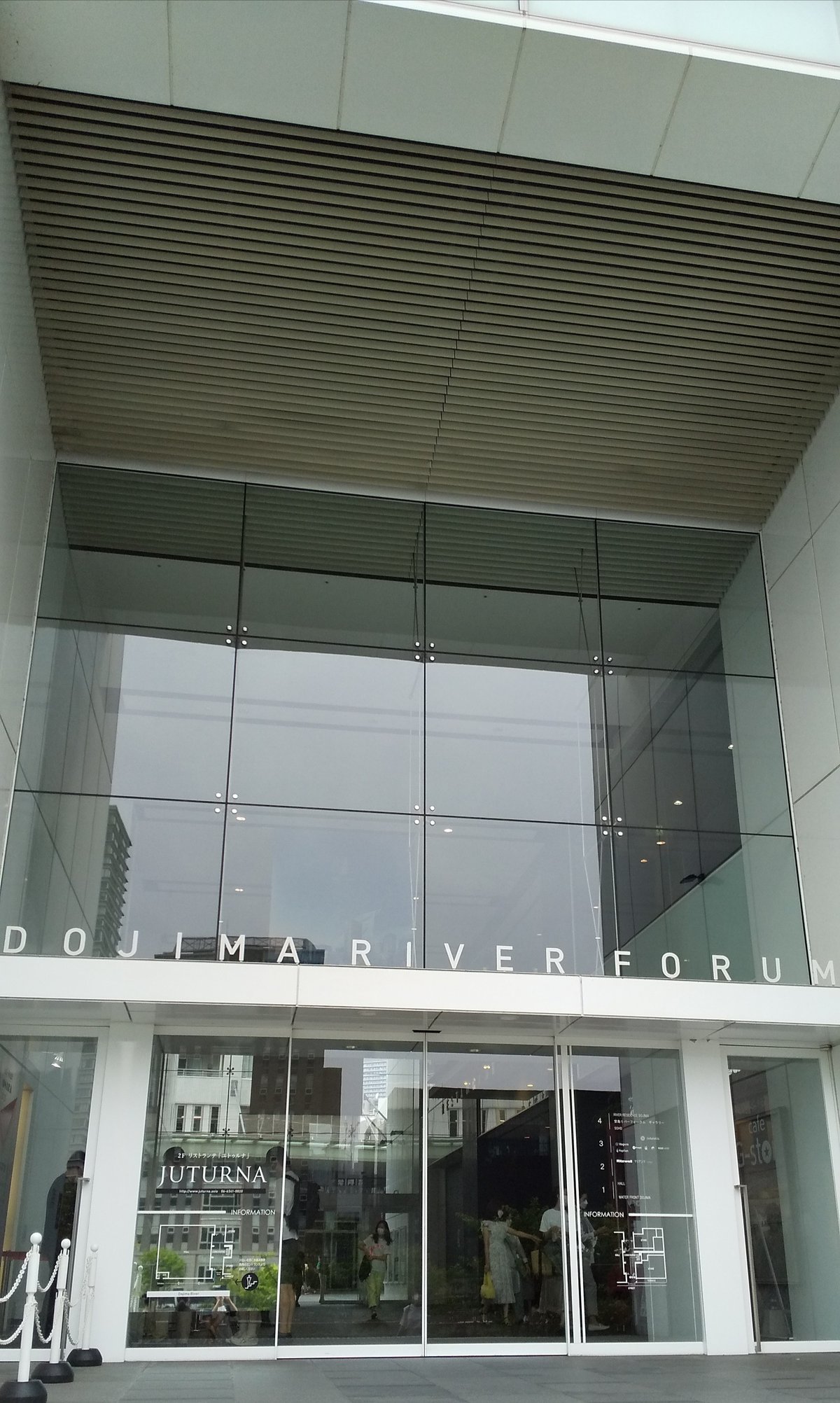
Hotarumachi Visiting Hours, Tickets, and Historical Sites in Osaka
Date: 17/08/2024
Introduction
Hotarumachi, a dynamic urban enclave situated in the Fukushima-ku ward of Osaka, Japan, presents a captivating blend of historical richness and modern vibrancy. This area, whose name translates to ‘Firefly Town,’ has evolved remarkably since its inception during the Edo period. Originally a crucial trading hub known for its warehouse residences or ‘kura-yashiki,’ Hotarumachi has transformed through various historical epochs—from the bustling feudal era to the site of the Osaka University Hospital in the Showa period, and finally into its current status as a cultural and commercial hotspot (Wikipedia). Today, it stands as a testament to successful urban redevelopment, blending natural beauty with urban convenience, and attracting a diverse array of visitors. This guide aims to provide a comprehensive exploration of Hotarumachi’s rich history, cultural significance, and practical visitor information, ensuring that you have all the details you need for an enriching visit to this unique part of Osaka (Hotarumachi.com).
Table of Contents
- Introduction
- History of Hotarumachi, Osaka
- Modern Hotarumachi: A Hub of Culture and Commerce
- Visitor Information
- Nearby Attractions
- Cultural Significance and Community Impact
- Future Prospects
- FAQ
- Conclusion
Visiting Hotarumachi, Osaka: History, Tickets, and Visitor Information
History of Hotarumachi, Osaka
Edo Period: The Foundation of Hotarumachi
Hotarumachi, located in the Fukushima-ku ward of Osaka City, Japan, has a rich history that dates back to the Edo period. During this time, Osaka was known as a key trading hub, with several ‘kura-yashiki’ (warehouse residences) belonging to various feudal domains. These included the Nakatsu, Nagaoka, and Akita domains, which used the warehouses to store rice and other goods for trade (Hotarumachi.com). Artifacts such as tea bowls and dolls from this period have been unearthed in the area, providing a glimpse into the daily lives and culture of the time. Notably, the Nakatsu domain’s warehouse was the birthplace of Fukuzawa Yukichi, a prominent intellectual and the founder of Keio University (Wikipedia).
Meiji to Taisho Periods: Transition and Development
With the Meiji Restoration in 1868, Japan underwent significant modernization and Westernization. The warehouse residences in Hotarumachi were dismantled following the abolition of the feudal domains in 1871. The area was repurposed for government offices and educational institutions. From 1883 to 1902, the site housed what is now Osaka Prefectural Kitano High School, and from 1902 to 1910, it was home to Osaka Prefectural Otemae High School (Wikipedia).
Showa Period: The Osaka University Hospital Era
In 1924, the Osaka University Hospital was established on the site, marking a new chapter in the area’s history. The hospital served the community for nearly seven decades, becoming a well-known landmark in Osaka. However, in 1993, the hospital was relocated, leaving the site vacant and ripe for redevelopment (Hotarumachi.com).
Heisei Period: The Birth of Hotarumachi
The 1990s and early 2000s saw a renewed focus on urban redevelopment in Osaka, particularly in areas with historical significance. In 2003, plans were set in motion to transform the former hospital site into a vibrant, mixed-use community. The redevelopment project aimed to revive Osaka’s identity as a cultural and commercial hub, blending natural beauty with urban convenience. The project was spearheaded by the Urban Renaissance Agency (UR), and after several phases of planning and development, Hotarumachi officially opened on May 2, 2008 (Wikipedia).
Modern Hotarumachi: A Hub of Culture and Commerce
Today, Hotarumachi is a bustling urban space that seamlessly integrates residential, commercial, and cultural facilities. Key landmarks include the headquarters of Asahi Broadcasting Corporation (ABC), the ABC Hall, and the Dojima River Forum. The area also features high-rise residential buildings like The Tower Osaka, as well as various restaurants, cafes, and fitness centers (Wikipedia). One of the unique aspects of Hotarumachi is its blend of old and new. The area retains historical elements, such as the monument commemorating the birthplace of Fukuzawa Yukichi, while also embracing modern architecture and amenities. This fusion creates a dynamic environment that attracts both residents and visitors.
Visitor Information
Hotarumachi Visiting Hours
Hotarumachi is generally accessible 24/7 as it is a mixed-use area with residential and commercial facilities. However, specific venues like the ABC Hall and Dojima River Forum have their own operating hours. It’s advisable to check their respective websites for detailed information.
Hotarumachi Tickets
Entry to the general area of Hotarumachi is free. However, events and performances at venues like ABC Hall may require tickets. Prices vary depending on the event, so it’s best to consult the venue’s official website for the most up-to-date information.
Travel Tips
- Getting There: Hotarumachi is conveniently located near several train stations, including Fukushima Station on the JR Osaka Loop Line and Shin-Fukushima Station on the JR Tozai Line.
- Parking: Limited parking is available in the area, so using public transportation is recommended.
- Accessibility: The area is generally accessible to wheelchair users, with ramps and elevators available at key locations.
- Best Time to Visit: While Hotarumachi can be visited year-round, spring and autumn offer the most pleasant weather for exploring the area.
Nearby Attractions
- Umeda Sky Building: A modern architectural marvel offering panoramic views of Osaka.
- Osaka Castle: A historic landmark that provides a glimpse into Japan’s feudal past.
- Dotonbori: Famous for its vibrant nightlife and street food.
- Nakanoshima Park: A beautiful riverside park perfect for a leisurely stroll.
Cultural Significance and Community Impact
Hotarumachi’s redevelopment has had a significant impact on the local community and the broader Osaka region. By revitalizing a historically important area, the project has helped preserve Osaka’s cultural heritage while also promoting economic growth. The mixed-use nature of Hotarumachi ensures that it remains a lively and engaging space, catering to a diverse range of interests and activities. The area is also a testament to successful urban planning and redevelopment. By focusing on creating a community that respects its historical roots while embracing modernity, Hotarumachi serves as a model for other urban redevelopment projects in Japan and beyond.
Future Prospects
As Hotarumachi continues to evolve, it remains committed to its founding principles of blending natural beauty with urban convenience. Future developments are likely to focus on enhancing the area’s green spaces and waterfront access, further solidifying its reputation as a premier destination in Osaka.
FAQ
Q: What are the opening hours of Hotarumachi?
A: Hotarumachi is generally accessible 24/7, but specific venues have their own operating hours.
Q: How do I get tickets for events at Hotarumachi?
A: Tickets can be purchased through the official websites of venues like ABC Hall.
Q: Is Hotarumachi wheelchair accessible?
A: Yes, the area is equipped with ramps and elevators to accommodate wheelchair users.
Conclusion
Hotarumachi exemplifies the successful fusion of historical heritage and modern urban development. From its origins as a vital trading hub in the Edo period to its role as a contemporary cultural and commercial center, Hotarumachi has continually evolved while preserving its unique charm and significance. Visitors are drawn to its diverse offerings, from historical landmarks like the birthplace of Fukuzawa Yukichi to modern attractions such as the ABC Hall and the Dojima River Forum (Wikipedia). The area’s thoughtful urban planning ensures accessibility and convenience, making it an ideal destination for both locals and tourists. As Hotarumachi continues to develop, its commitment to blending natural beauty with urban amenities will undoubtedly enhance its appeal, solidifying its reputation as a premier destination in Osaka. Whether you’re exploring its historical sites, enjoying its cultural events, or simply strolling through its beautiful parks, Hotarumachi promises a rich and varied experience that reflects the dynamic spirit of Osaka (Hotarumachi.com). Stay updated on future developments and events by following us on social media or downloading our mobile app Audiala.
References
- Hotarumachi.com (n.d.). About Hotarumachi. Retrieved August 17, 2024, from Hotarumachi.com
- Wikipedia (n.d.). Hotarumachi. Retrieved August 17, 2024, from Wikipedia
